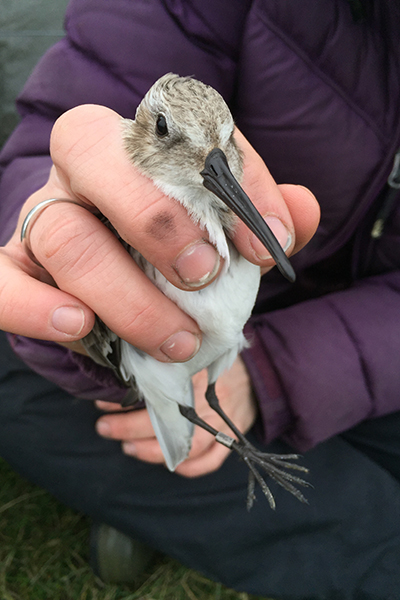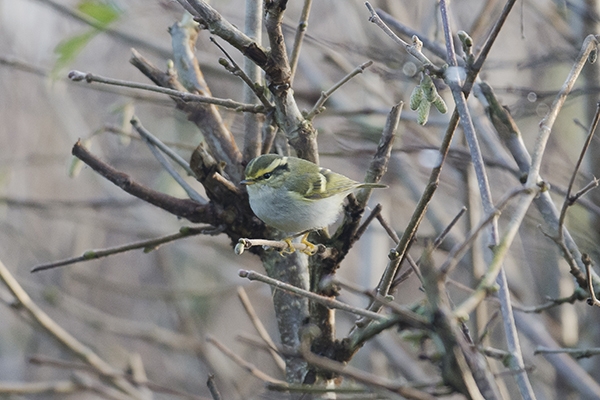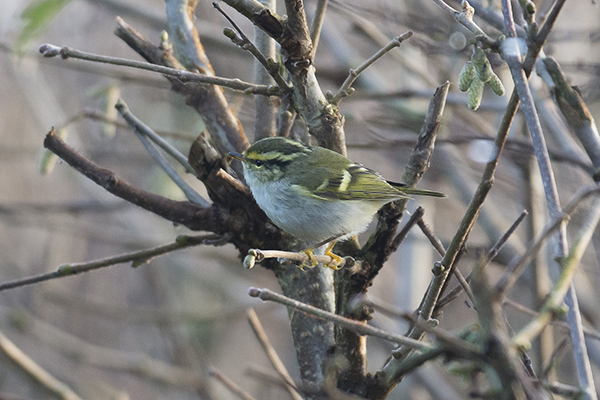With the nets set we hunkered down in our allocated positions and waited for daylight and the high tide to push the birds towards the catching area.
After a fair bit of 'twinkling' the nets were fired and we made a reasonable catch of Dunlin wit ha few Ringed Plover for good measure. Four of the Dunlin were controls ringed at other places including this bird ringed in Poland.
Other controls came from Finland, Sweden and Norway showing once again the critical importance of international conservation efforts and not just in our own country. All birds were ringed (or had their ring numbers recorded if they were controls), aged, wing length and weight measured and total head + bill length along with bill length to feathers written down. These measurements will help determine the sex of the birds and in some case, their racial identification. Females have larger bills than males so I assume this long-billed bird is female.
Two processing teams were set up sheltering behind tarpaulins tied to a convenient fence! As is often on these SCAN days members of the public showed an interest and the time is always taken to show them birds and explain what we are doing.
It was nice to see some of the Ringed Plover we'd colour flagged in previous seasons re-trapped. They're beautiful little birds and a pleasure to see in the hand.
A great 1st trip of the year and nice to catch up with some of the 'regulars'.



































































































